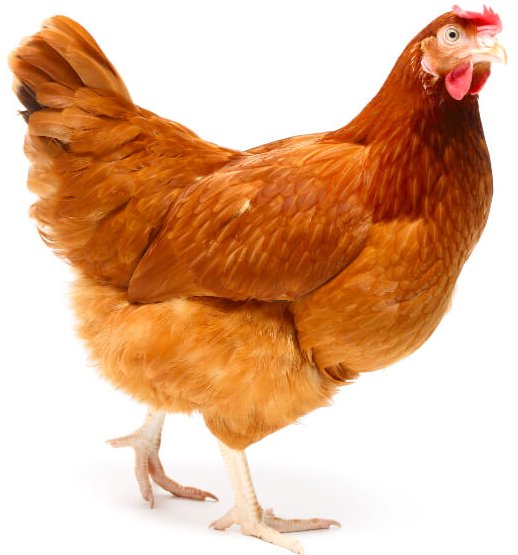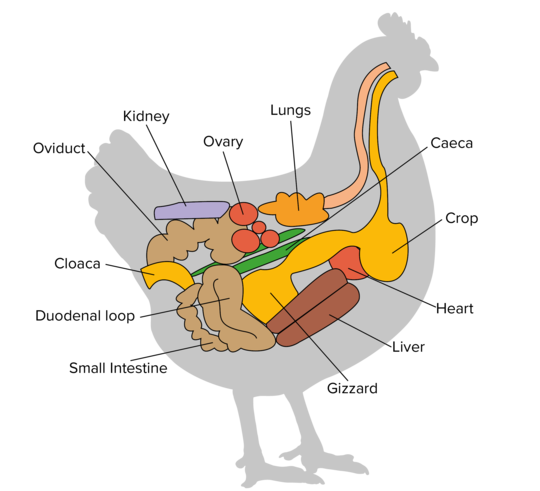Discover more on poultry GUT feeling: Specifics in poultry's gastrointestinal morphology - Part 1
In poultry farming, resilient birds with consistent and high performance in breeding and fattening are of utmost importance. A goal, which is mainly achieved by optimal utilization of the feed nutrients. Essential prerequisites for this, in turn, are optimal digestion and absorption processes. That's talk of a healthy intestine. But how exactly does the intestine of poultry look like, and what are its specifics? The following will give some fundamental insights into the poultry gastrointestinal morphology and face the beneficial effects of phytogenics in this context.
Small but powerful

The intestinal tract of poultry considerably differs from mammals, as the gut of birds is relatively small. To be able to fly, light intestines are crucial, evolutionary resulting in a short gastrointestinal tract. Intestinal length in chicken is down to the 5-6-fold size of body length. As sizes deviate because of age, breed, kind, and amount of feed, absolute indications are subjected to fluctuations. Contemplating poultry's gastrointestinal anatomy, one will initially ascertain the lack of teeth and a beak as the replacement of lips, serving as ingestion, and only allowing insufficient crushing and swallowing of feed. Spindle-shaped enlargements of the esophagus (duck and goose) or the development of a so-called crop serve as a way to soak nutrition, retain and regulate stomach filling.
Exciting insights
Poultry exhibit two consecutive stomachs: the proventriculus (or glandular stomach), where enzymatic digestion of proteins initiates, and the gizzard (or muscular stomach), whose functions are defined as to chop up nutrition through muscle contraction, at which the so-called grit (small stones and hard nutrient compounds) is conducive to grind feed. The small intestine (Intestinum tenue) mainly serves as a digestion place and is divided into duodenum, jejunum, and ileum.

The periphery between jejunum and ileum is defined as the "Meckel'sche diverticulum." After the small intestine, the large intestine (Intestinum crassum) appends. However, the expression "large" may not be appropriate in birds, as the large intestine is hardly wider than the small intestine. The development of two blind guts (Caeci) belonging to the large intestine is a further characteristic of birds. Though this is the prominent place of microbial digestion, only a few ingesta amounts arrive here.
The large intestine's other sections are divided into the colon and rectum and connect the ileum with the cloaca. The cloaca represents the end of the foregut and the collective excretion organ for digestion end products, urine, and gender products. Two mucosal crimps separate the cloaca into three sections: the feces area (coprodeum), the urine area (urodeum), and the final area (proctodeum).
In our following post, we will talk about feed selection of birds, the importance of high digestible feed, and the role of feed additives. Go to part 2.

Elisabeth Rohrer
After her study in agriculture sciences at the university of natural resources and life sciences in Vienna, Elisabeth joined the Delacon team in December 2013 as Technical Communications Manager - a position, she always exerted with pleasure. Since 2021, her task areas have been extended and thus, she is also supporting colleagues in writing offside the technical focus as Content Manager. Elisabeth describes herself as a great animal and nature lover and prefers to spend her free time high up in the mountains with her little family, away from the hustle and bustle.










